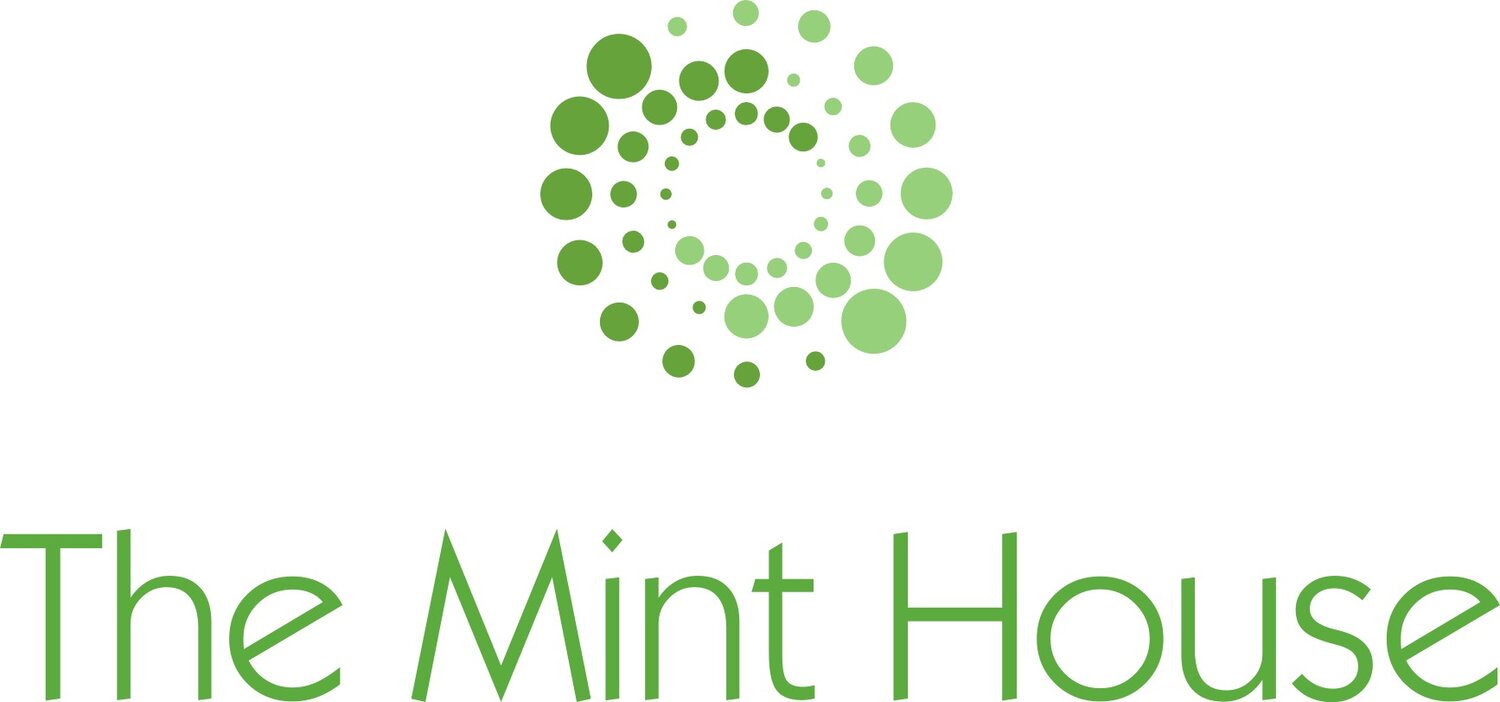by Joy Bettles
(In part one of the blog series on communications challenges for RP organisations we discussed some of the practical considerations in explaining RP to the public. This blog continues with some thoughts on deeper issues)
Data, values, and experience
The evidence base for restorative practice is evolving and robust quantitative evidence is still needed in some areas. This can be a challenge, particularly when aiming to connect with facts-based audiences. On the other hand, values should not be overlooked.
“The emphasis on values… has often been neglected in RJ communication efforts. We tend to focus on facts rather than on values. Facts are important, but if the dominant frame through which the public sees RJ is that “RJ is too lenient on crime therefore not good for security,” even our most compelling facts will fail to convince people.”[i]
Restorative practice organisations need to focus on communicating why restorative practice and restorative justice is important, not just quote research.
Personal experience is also very powerful in opening people’s eyes to the potential benefits of restorative practice:
“It is often public emotions that define public debates and political initiatives in the field of justice, not public information. Concrete experiences are the most promising path to winning people’s hearts and minds….”[ii]
However, this is challenging as it is not possible practically to enable every person in society to experience restorative justice conferences or restorative circles. Instead, we can aim to encourage individuals to educate themselves and put restorative approaches into practice in their daily lives (and we can enable this through training opportunities).
Connecting with new and diverse audiences
As previously mentioned, connecting with people who are not already familiar with restorative approaches is challenging but necessary if engagement in restorative approaches is to grow.
Restorative practice organisations can be largely mono-cultural, in terms of racial, socioeconomic, or academic background. Ensuring greater diversity is a bigger issue to consider and work through but is essential to making restorative practice accessible and attractive to a wider audience.
If people find it difficult to see how they ‘fit’ within restorative approaches being offered, they will not be interested in engaging with it. Communications messaging needs to consider this carefully but also not paint a picture which is inaccurate: rather, organisations need to work to make themselves a truly welcoming environment for a diverse range of individuals.
On a more practical level, diversifying the type of media used to promote the organization can help to reach new audiences. Using social media (particularly newer apps or sites which are currently popular) can be one way to reach a younger and less academic or practitioner-based audience.
However, social media isn’t a magic key. Social media relies on social interaction and sharing, so it can be a challenge to get organic growth and impact if an organisation’s supporters/practitioners don't use social media themselves as the reach of social media will be limited.
(Continued in Part 3 - Read Part 1)
References:
[i] Brunilda Pali (2011), Media Toolkit for Restorative Justice Organisations, European Forum for Restorative Justice, p. 25.
[ii] Brunilda Pali and Christa Pelikan (2011), Building Social Support for Restorative Justice, European Forum for Restorative Justice, p. 183.
